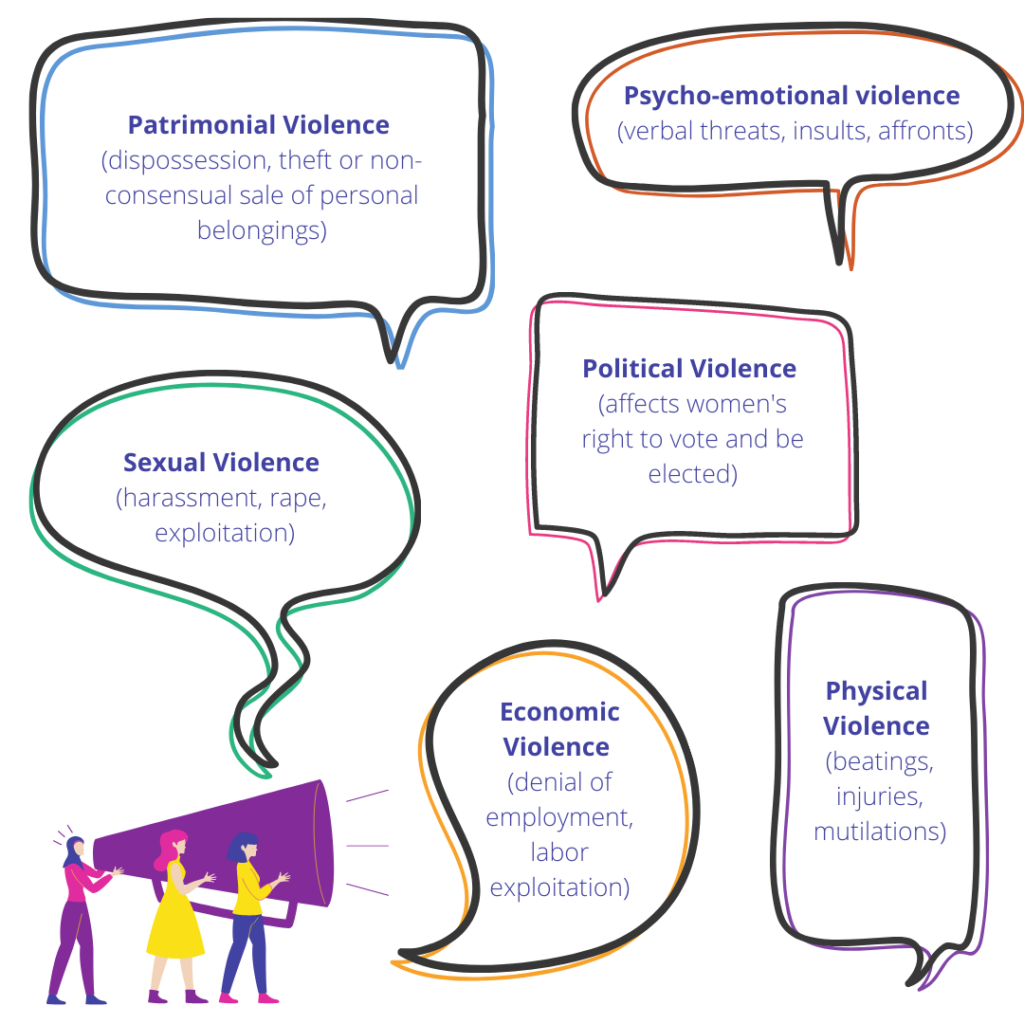UNHCR together with HIAS, the Panamanian Red Cross, the Norwegian Refugees Council (NRC), RET International, the Ministry of Women, ONPAR, SENNIAF, the Ombudsman Office, and with the technical support of UNFPA, work hand in hand to prevent risk situations and violation of rights, and to assist survivors of sexual and gender-based violence.
What is gender-based violence?
Gender Violence refers to any act committed against the will of a person on the basis of gender norms and unequal power relations. It encompasses violations of fundamental rights that cause physical, sexual and psychological harm that reinforces the subordination of women and perpetuates male power and control. They have a direct impact on the survivor but also hinder the development of men and boys.
How to identify if you or someone you know may be in a gender-based violence situation?

What can I do if someone I know is in a gender-based violence situation?
- Review the beliefs that I have towards violence, so as not to re-victimize.
- Accompany the process and respect the decisions of the person.
- Recognize their potential in their search for solutions.
- Provide information on their rights and the instances where they can provide protection and file a report.
- Do not judge and avoid expressions such as: “Why is it that now s/he’s coming forward after all this time? Why won’t s/he leave the abusive relationship/ partner?”
- Trust the story of the survivor.
- Offer support and refer the survivor towards specialized organizations and/ or institutions.
- Make a plan with the survivor.
- Break the silence and urge that essential services continue to be provided at State level.
- Promote the creation of spaces for women to speak about their feelings, strengthen their self-esteem, and recognize themselves as subjects of rights.
Asylum-seekers and refugees may be more exposed to situations of violence due to their special protection status; if you or someone you know is experiencing situations of gender-based violence, you can receive support, containment and orientation.
This section was created in collaboration with the GBV Working Group members

